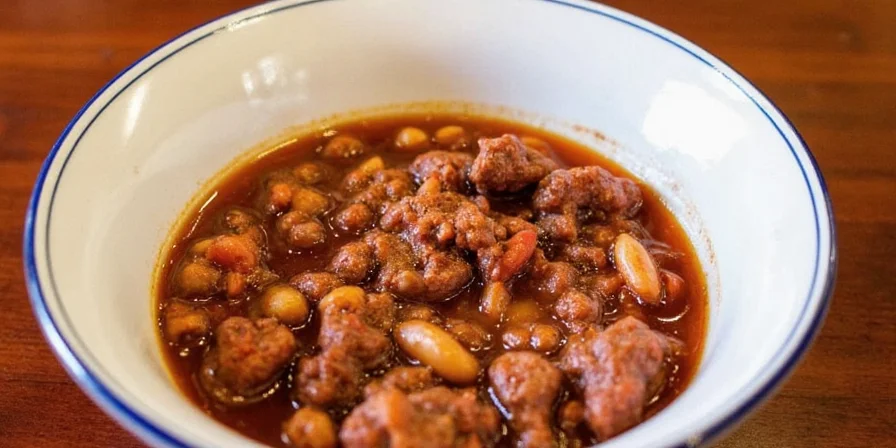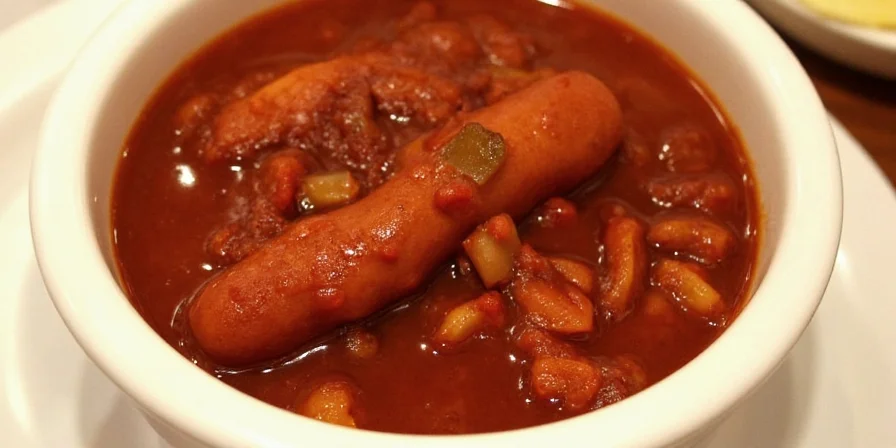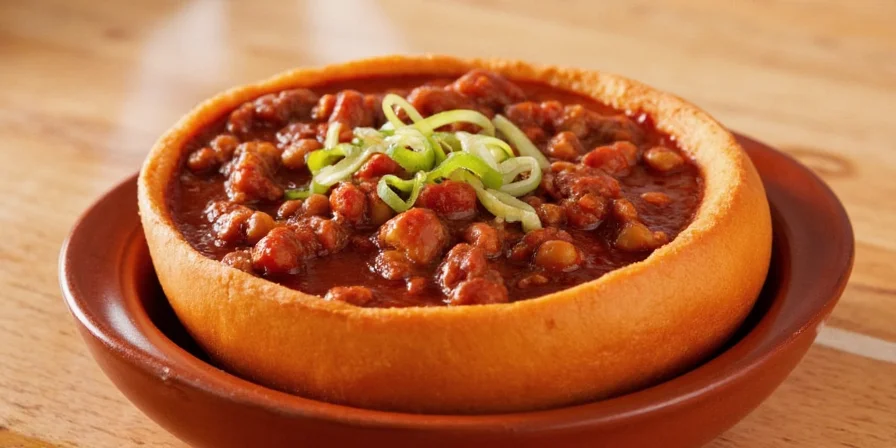North Carolina Hot Dog Chili Recipe: Spicy Secrets from the Tar Heel State!
If you thought North Carolina was only about barbecue and sweet tea, think again! This Southern state has its own quirky — and totally delicious — twist on a classic favorite: the hot dog chili. And no, it's not what you'd find in Cincinnati or New York. This is a whole different ball game, y’all.
In this post, we’ll walk you through the ins and outs of making an authentic North Carolina hot dog chili, complete with spice secrets, topping tips, and why ketchup might actually be the hero here (yes, really!). So roll up your sleeves, grab that Dutch oven, and let’s dive into some saucy Southern soul food!
Table of Contents
- Why North Carolina Style?
- Essential Ingredients for NC Hot Dog Chili
- Step-by-Step Guide to Making It
- Pro Tips & Flavor Hacks
- How to Serve Like a True Tar Heel
- Regional Twists & Variations
- A Dash of History: The Origins of This Unique Dish
- Conclusion: More Than Just a Topping
Why North Carolina Style?
When it comes to chili, most people imagine a thick, meaty stew topped with cheese and jalapeños. But in North Carolina, chili means something else entirely — especially when it's served over a steamed or grilled hot dog.
This version is thinner, more like a sauce than a stew, and often features a tangy tomato base with a unique blend of spices that reflect the region’s culinary DNA. Think of it as the cousin of Eastern Carolina vinegar-based barbecue sauce, but with a touch of sweetness and a little more body.
And don’t worry — it’s not spicy hot. It’s more about flavor depth than fire power. So even if you’re not a heat lover, this chili will win you over.

Essential Ingredients for NC Hot Dog Chili
To nail the authentic taste of North Carolina, you’ll need a few key players:
- Ground beef: 80/20 is ideal for richness without being greasy
- Tomato paste: For that deep, rich red color and flavor backbone
- Worcestershire sauce: Adds umami and complexity
- Apple cider vinegar: A nod to Carolina barbecue roots
- Brown sugar: Sweetens the deal and balances the acidity
- Spices: Mustard powder, paprika, garlic powder, onion powder, celery salt
- Water or broth: To thin out the chili into a pourable consistency
| Ingredient | Purpose | Substitution Option |
|---|---|---|
| Tomato Paste | Thickens and colors the base | Ketchup (for a shortcut) |
| Apple Cider Vinegar | Adds tanginess and balances sweetness | White wine vinegar |
| Brown Sugar | Enhances caramel notes | Molasses (for deeper flavor) |
Step-by-Step Guide to Making It
- Cook the beef: In a large pot, brown the ground beef until crumbly. Drain excess fat.
- Add aromatics: Stir in finely chopped onions and garlic. Cook until soft and fragrant.
- Build the base: Add tomato paste and cook for 2–3 minutes to deepen the flavor.
- Mix in liquids: Pour in Worcestershire sauce, apple cider vinegar, and water/broth.
- Season generously: Stir in mustard powder, paprika, garlic powder, onion powder, and celery salt.
- Simmer low and slow: Let the chili simmer uncovered for 30–40 minutes, stirring occasionally.
- Taste and adjust: Add salt, pepper, or a splash of vinegar if needed.

Pro Tips & Flavor Hacks
- Use bone broth instead of water for a richer flavor base.
- Let it rest overnight — the flavors meld beautifully by day two.
- For extra smokiness, add a pinch of smoked paprika or chipotle powder.
- Try a dash of cinnamon for a subtle Southern warmth.
- Don’t skip the simmer — it allows the flavors to develop fully.
- Batch it ahead — this chili freezes well and reheats like a dream.

How to Serve Like a True Tar Heel
The beauty of North Carolina hot dog chili is how it transforms a humble street food into something memorable. Here’s how to plate it like a local:
- Hot Dogs: Use all-beef franks, either grilled or steamed
- Buns: Toasted buns are a must
- Top With:
- Cole slaw — creamy and crisp, a perfect contrast
- Chopped raw onions — adds bite and crunch
- A final drizzle of ketchup — yes, controversial, but traditional!

Regional Twists & Variations
Even within North Carolina, there are subtle differences depending on where you go:
| Region | Style Notes | Unique Ingredient |
|---|---|---|
| Eastern NC | More vinegar-forward; similar to BBQ sauce | Apple cider vinegar |
| Piedmont NC | Sweeter, spicier profile | Molasses or cayenne pepper |
| Western NC | Tex-Mex influence with more chili powder | Ground cumin |
A Dash of History: The Origins of This Unique Dish
While chili con carne may trace its roots to Texas or Mexico, North Carolina’s version evolved independently during the early 20th century. Inspired by Appalachian cooking traditions and the availability of affordable ingredients, chili began appearing at roadside stands and ballpark concession booths across the state.
It wasn’t just a topping — it became a symbol of community, nostalgia, and working-class comfort. Today, you can still find chili-topped dogs at classic eateries like King’s Barbecue in Kinston or Max & Emmas in Chapel Hill.

Conclusion: More Than Just a Topping
So, what makes the North Carolina hot dog chili so special? It’s the harmony of flavors, the regional pride baked into every spoonful, and the way it turns a simple meal into a memory.
Whether you're hosting a backyard BBQ, looking for a nostalgic lunch, or just curious about global spice traditions, give this recipe a try. You might just find yourself adding it to your regular rotation — and maybe even starting a new family tradition.
Grab your ingredients, fire up the pot, and bring a little bit of North Carolina to your kitchen. After one bite, you'll understand why they call it “good eats.”











 浙公网安备
33010002000092号
浙公网安备
33010002000092号 浙B2-20120091-4
浙B2-20120091-4